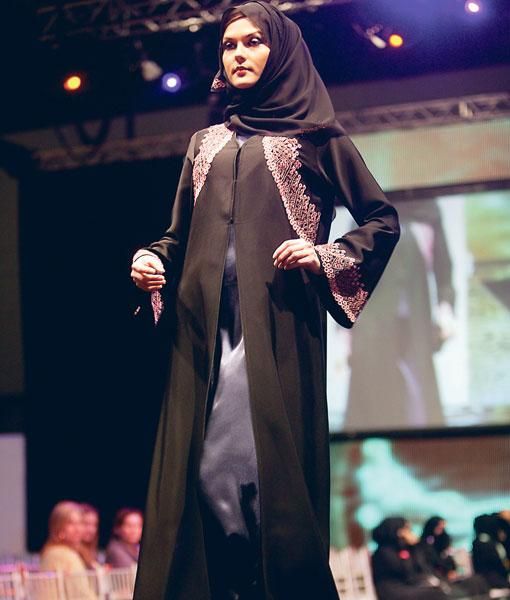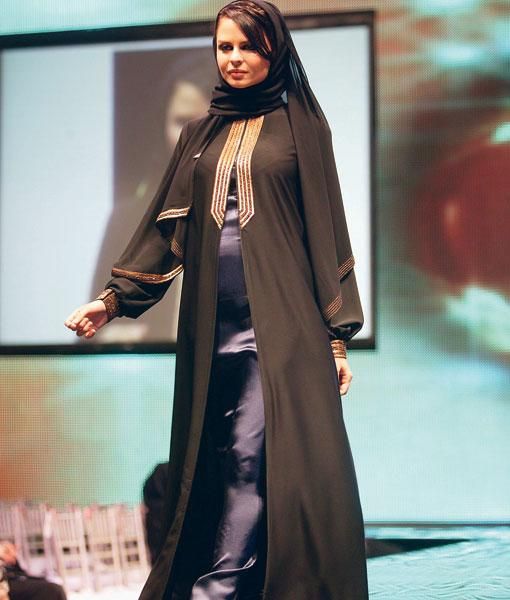Abu Dhabi: Abayas have become an abiding sartorial statement for women in the UAE ever since the first rectangular abayas made their appearance in the late 1950s.
Numerous shops across the UAE now offer thousands of variants of the traditional dress.
In an exclusive interview, Gulf News chats with Adel Ali Abu Haleeqa, a man who needs no introduction to the history of abayas in the UAE. Abu Haleeqa is the third-generation owner of Abu Haleeqa Stores, the first Abaya store in the UAE.
"When we started off in 1968, the first abaya to be sold was the rectangular one, which has no sleeves and falls as one piece. We still sell the Dh100 abaya since it is the original creation which remained popular among UAE women till the 1980s," he said.
By 1986, abaya-makers had begun to weave in distinctive embroidery work and the Maghrebya Abbaya (still considered concealing but with defined sleeves) was all the rage. "Women started to come up with different designs and would visit tailors with their ideas; I call this transition the French-cut era."
The material used for making abayas could vary from silk (for special occasions) to synthetics or wool. The abaya itself comes in four different types and shapes, Abu Haleeqa said. The basic abaya comprises a loose sheila (covering for the head) and is meant to cover the whole body. The hybrid abaya is the most popular one and features simple embroidery. Bridal abayas are generally shaped like cloaks and are known as "sewaiya".
"The sewaiya was worn till the 1960s and is a prestigious piece of attire that is similar to a man's cloak, the difference being in measurements, shapes, finishing and material," said Abu Haleeqa.
Bridal abayas that are popular these days include those worn during the bride's henna night, known as Lelet El Henna in Arabic (the night before the wedding when the bride celebrates with her female friends and applies henna on her hands); those worn on the morning after the wedding, known as the sabaheya; and those worn on the night of the marriage ceremony (and not the actual wedding night), known as Melka.
There are also what Abu Haleeqa calls "functional" abayas. This category is specifically designed for pregnant women, young mothers and for brides during their honeymoon.
"We ask where the couple would be spending their honeymoon and try to incorporate touches of that country's culture in the dress, so that those receiving the bride would get a feel of where she spent her honeymoon."
The price of abayas could go from Dh100 to Dh6,000, depending on the quality, design and exclusivity, Abu Haleeqa said.
The expert affirmed that the global economic crisis had started making inroads into the abaya business. "On average an individual Emirati woman used to buy 12 abayas a year; that figure has now fallen to four or five," he said. A 20-year abaya store known as Noblesse Oblige was particularly popular for raffling a Dh17,000 abaya during the 2009 bridal show in Abu Dhabi; the abaya known as Pink Azure featured pink mink fur and pink-dyed snakeskin design and was just as comfortable during winter or summer.
Store manager Phatma Othmani said there were creations ranging in value from Dh1,000 to Dh17,000 on offer. "We use crystals and coloured threads, besides synthetic and silk material on our abayas. The embroidery is either done by hand, or machine stitched depending on the design the wearer prefers," she said.














